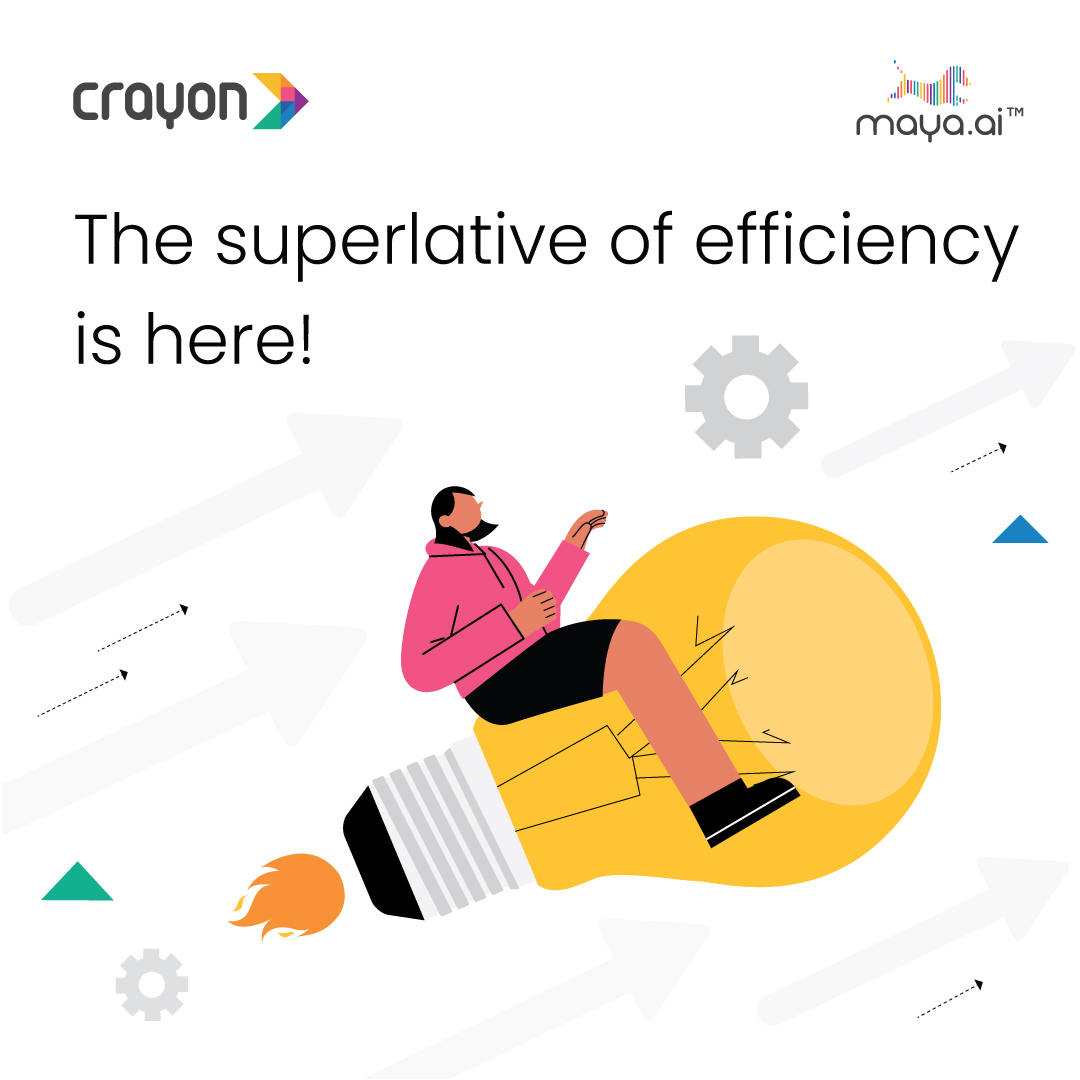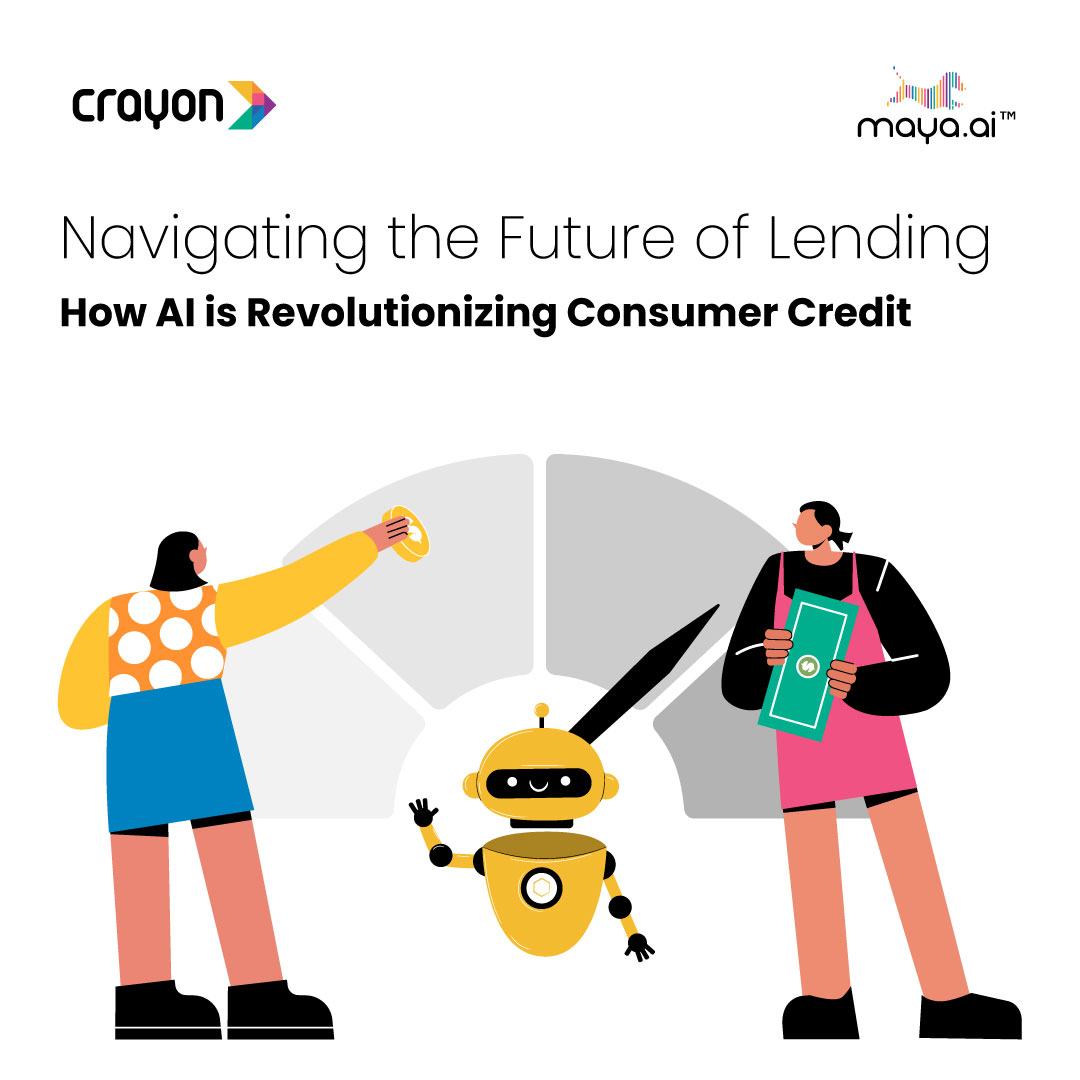Successful 21st century healthcare organizations do not thrive based on the intuition of a few brilliant leaders; rather, they become modern data-driven businesses. Delivering better care, fostering population health and greatly reducing the per capita cost of care does not happen without targeted investments in big data analytics.
In my experience with healthcare analytics, I’ve observed several best practices in the big data space that have consistently boosted return on analytics investment for both health plans and health systems. Each one of these imperatives acts as a multiplier for big data analytics investments, which can shape business fitness – and patient health – for years to come.
Before you sign off on a big data analytics project, consider these five tips for making it even more successful:
1. Invest in discovery. Big data analytics is really discovery analytics. Just like lab tests inform diagnosis and treatment, you need to conduct discovery analytics that will inform, change or improve the health of your business. This is quite different from reporting. It involves using new algorithms and data visualization techniques to let the data speak for itself. While it doesn’t replace legacy evidence-based research, it does help you take the first step to separate the signal from the noise in the vast data lake.




